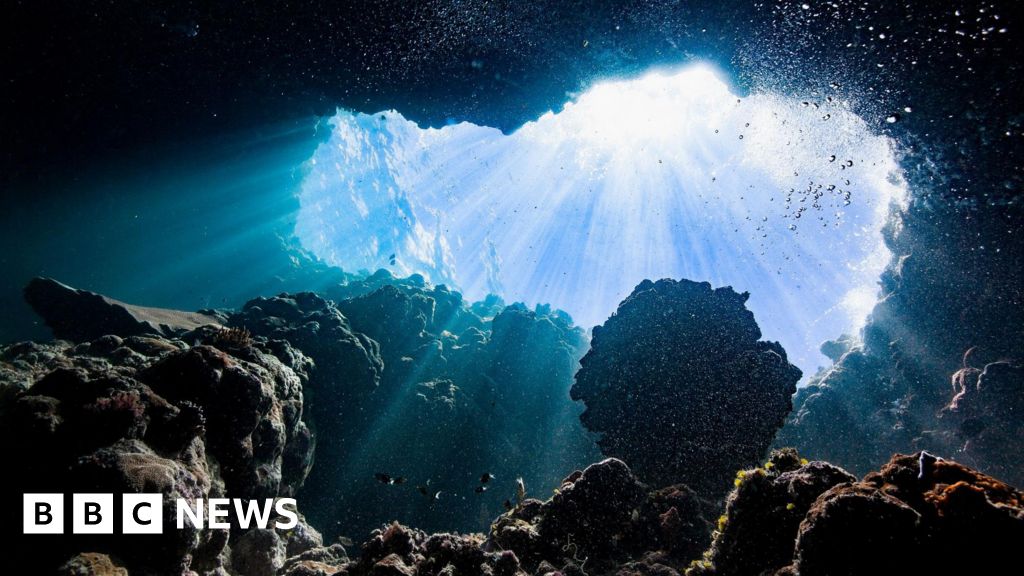- cross-posted to:
- climate@slrpnk.net
- earthscience@mander.xyz
- cross-posted to:
- climate@slrpnk.net
- earthscience@mander.xyz
Scientists have discovered “dark oxygen” being produced in the deep ocean, apparently by lumps of metal on the seafloor.
About half the oxygen we breathe comes from the ocean. But, before this discovery, it was understood that it was made by marine plants photosynthesising - something that requires sunlight.
Here, at depths of 5km, where no sunlight can penetrate, the oxygen appears to be produced by naturally occurring metallic “nodules” which split seawater - H2O - into hydrogen and oxygen.
Several mining companies have plans to collect these nodules, which marine scientists fear could disrupt the newly discovered process - and damage any marine life that depends on the oxygen they make.



They should last indefinitely so long as the process of accretion which created these nodules keeps going. A battery becomes drained when the chemical interaction between the two metals uses up all the available metal, which happens quite fast in our modern batteries because we’ve designed them that way.
We’ve made them powerful and cheap by using relatively small amounts of each metal, spread thin and sandwiched together. The downside is that those things films of metal get used up fast.
These nodules, meanwhile, are lumps of metal. They won’t produce lots of power all at once, but they can generate small amounts for ages, and so long as they grow faster than the metal gets used up (it doesn’t actually go anywhere, it just changes chemically) they’ll keep going